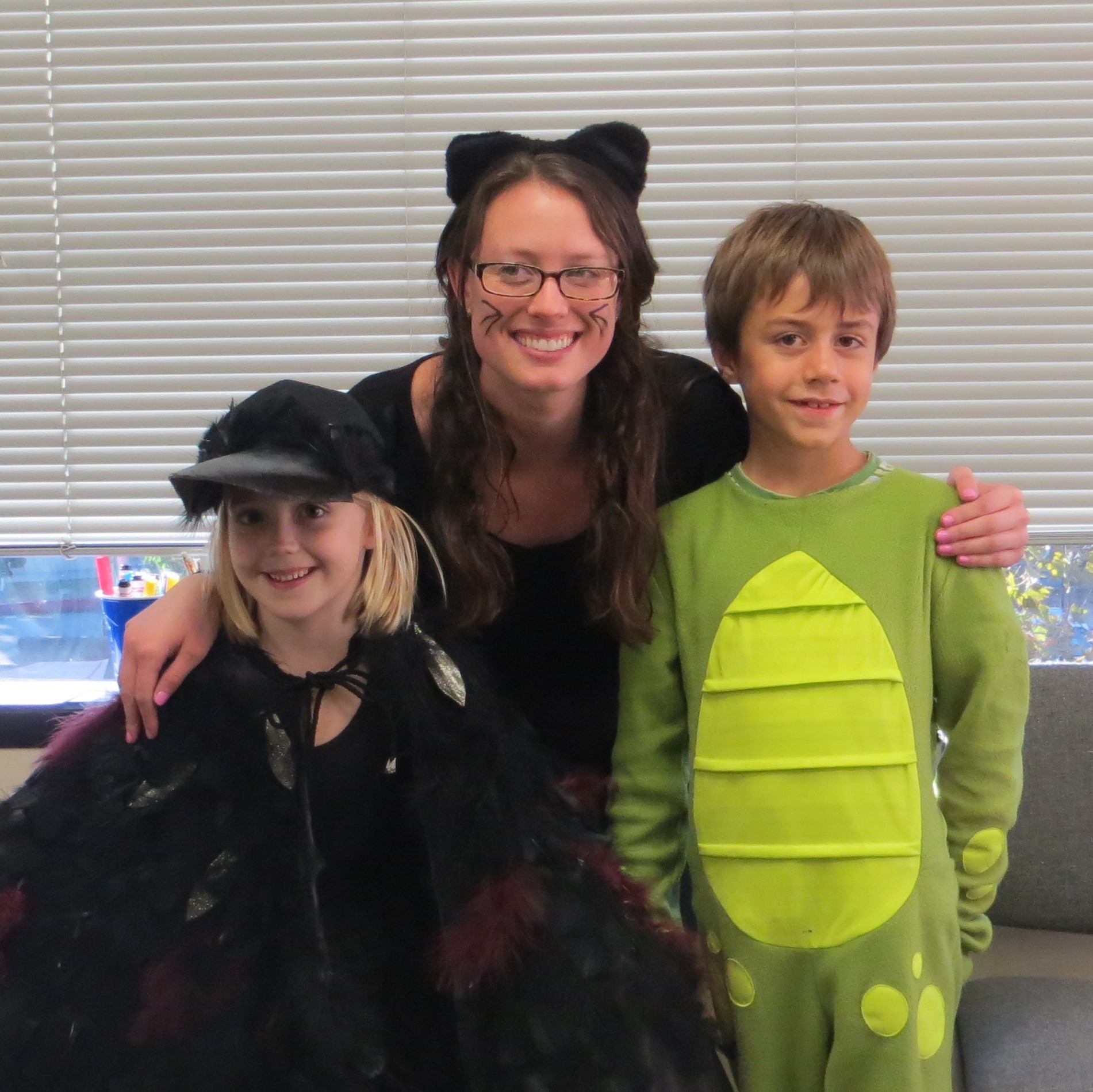By Zadra Rose Ibañez

All over the world, the upcoming three-day window of time from October 31 – November 2 is celebrated in many different ways by different cultures.
Samhein is a Celtic Festival that happens at sunset on October 31 and continues through November 1. The holiday signaled the end of the harvest season and the coming of winter and was a time for introspection. For this reason, many considered it to be the Celtic New Year.
This was the time when cattle were brought back down from the summer pastures and when livestock were slaughtered for the winter. Bonfires, thought to have protective and cleansing powers, were lit and celebrations occurred around them. Samhein was seen as the time when “the veil” between our world and the spirit world was thinnest and most easily crossed by pagan gods and nature spirits. It was thought that the souls if the dead would visit their homes during this time. These souls of the dead relatives were called to feasts and a place was set at the table for them.
“Mumming and guising were part of the festival, and involved people going door-to-door in costume (or in disguise), often reciting verses in exchange for food. The costumes may have been a way of imitating, or disguising oneself from, the spirits.” (Hutton)
Mumming and guising can clearly be seen in the tradition of Halloween. “All Hallows’ Evening” is the day before the Christian holiday of All Hallows’ Day or All Saints Day. All Saints Day is “a time for remembering the dead, including saints (hallows), martyrs and all the faithful departed.” (Davis) Halloween is often celebrated with dressing up in costumes, trick-or-treating, attending parties, decorating pumpkins as jack-o’-lanterns, eating candy and watching scary movies or visiting haunted houses.
All Saints Day, also known as All Souls Day, is celebrated in some countries as the Day of the Dead or, Dia de los Muertos. Many of the same customs and traditions from Samhein can be seen in Dia de los Muertos, such as laying out a feast for the departed. In Mexico, Dia de los Muertos is a bank holiday. Those celebrating the holiday build ofrendas, or private altars with foods, sugar skulls, marigolds and possessions to honor the deceased. This holiday can be traced back to the time of the Aztecs.
Similar celebrations, though at different times of the year, can also be found in China with the Ghost Festival and Japan with the Bon Festival.
Personally, I spend this time period thinking of the past year and planning for the future. It is a combination of Thanksgiving – gratitude for all that I have been given, recognition of all that I have accomplished and appreciation for all that I have shared – and New Year’s. What do I want the next few years of my life to be like? What values, goals and responsibilities do I want to grow into? Who do I want to spend my time with in the next few years and what difference will I choose to make in the coming year?
However you choose to spend this coming weekend, know that you are not alone in your tradition and that people all over the world are celebrating with you!
References
O’Driscoll, Robert (ed.) (1981) The Celtic Consciousness. New York, Braziller ISBN 0-8076-1136-0, pp.197–216: Ross, Anne “Material Culture, Myth and Folk Memory”; pp.217–242: Danaher, Kevin “Irish Folk Tradition and the Celtic Calendar”
Hutton, Ronald (1996) Stations of the Sun: A History of the Ritual Year in Britain. Oxford, Oxford University Press ISBN 0-19-288045-4, p. 363.
Davis, Kenneth. Don’t Know Much About Mythology: Everything You Need to Know About the Greatest Stories in Human History but Never Learned, HarperCollins, page 231.

